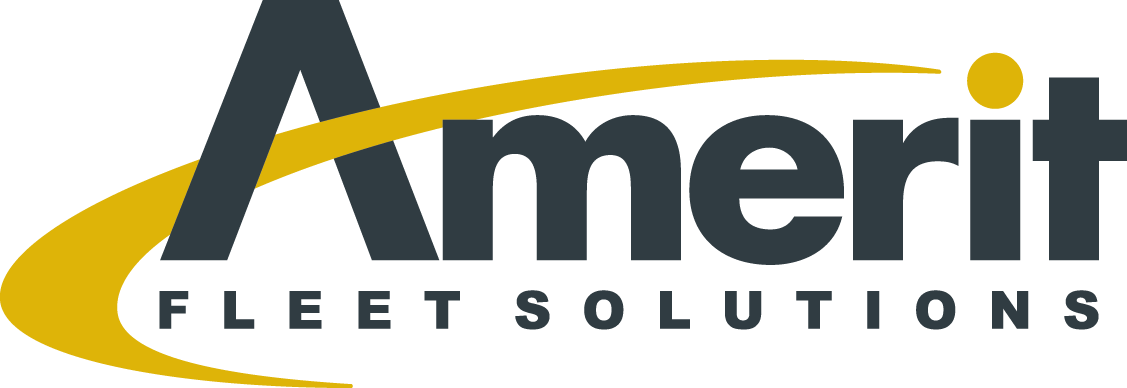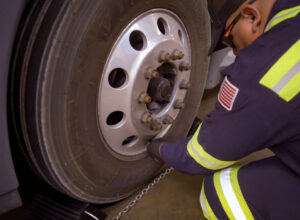Eliminating vehicle downtime for your fleet can seem impossible, but we’ve broken down the most critical factors and best practices you can implement to overcome high downtime.
First, establish an effective preventative maintenance (PM) program.
Regardless of your fleet type, the leading cause of unnecessary vehicle downtime is breakdowns from wear item failures, warranty failures, and poor PM practices. While you can’t control warranty failures upfront, you can prevent breakdowns with an effective PM program. The basis of an effective PM program is a defined program of details, training requirements, PM schedules, and clearly established pull points.
How do you define the PM program details and training requirements? Focus on the details. For example, if your checklist says, “drag link needs to be checked,” ask yourself, “is that check process clearly defined?” Simply saying “check drag list” is not clear enough if you want to ensure that the wear, or possible failure, is inspected and caught by your technician before it happens. The PM process should be straightforward on how to check each component as part of the training.
How do you build an effective PM schedule? A PM schedule is not the program, but rather the execution of the program details. Beyond miles and hours, your PM schedule should be built around these additional details:
- Your equipment types (including engine type)
- Manufacturer’s recommendations
- Warranty of each item
- Types of fluids used in vehicle
- Usage: is the vehicle high idle, off the road, etc.
How do you define and set pull points for wear items? Tires, brakes, and belts are all items that require a pull point based on age or wear. We encourage you to err on the side of caution: set your pull points above or before DOT requirement thresholds. At Amerit, we define our tire pull points to be above DOT regulations to ensure we have safe vehicles on the road. When setting brake lining pull points, we thoroughly consider the vehicle application and the mileage between PMs. Then we layer in DOT regulations and set the schedule and pull points to remove the linings before the point specified in the DOT regulations, to avoid failure of the linings before the next PM.
Mileage, engine hours, and fleet age play a key role in reducing your vehicle downtime, and your ability to make the routes from PM to PM without failure. Ensuring that you identify each pull point, and staying within the manufacturer’s recommendations, will dramatically reduce vehicle downtime, and improve safety and reliability.
Second, establish a strategic parts program.
PMs help prevent breakdowns, but once the vehicle is down, you need a plan to get back on the road quickly. The two most significant areas that impact downtime, either in a helpful or harmful way, are parts and labor.
The backbone of any parts program is availability because the biggest cost of any shop is the cost of the vehicle sitting in the bay. There is no part you can buy that is more expensive than the cost of the vehicle and the lost revenue associated with that vehicle’s downtime. When establishing a strategic parts program, an important consideration is not only the cost of the part but how long it takes to procure the part. The faster you get parts in the hands of your technicians, the quicker you can get vehicles back on the road.
How do you determine which parts to keep in stock? First, you must understand which parts are commonly used on your equipment. Once you understand frequently needed parts, ensure your parts room is adequately stocked. Implement an FMS (fleet maintenance system) to help you track the frequency of use. For example, if you use an air brake valve 3x in the past 90 days, an FMS can help you track that and proactively ensure you have stock on hand. This prevents you from waiting for a special order when the next vehicle comes in for a PM or a driver writeup for a leak on an air valve.
Having the right parts in stock saves time in other ways, too. If you have stock on hand, you won’t need to look up a part, write a special order, wait for delivery, or anything else associated with a special order. By identifying parts, you use frequently, you can react quickly to a downed vehicle and get it back on the road faster.
How is your supplier network? When it comes to parts, the old saying, “good, fast, cheap: pick two,” needs to be revised to: “You need all three.” At Amerit, we trust our parts experts to constantly balance the equation of “the right part, for the right price, at the right time.” Our team draws upon a solid and wide supplier network, allowing us to decide based on availability and price. This helps us overcome out-of-stock situations or delays in delivery and ensures that our technicians receive parts as quickly as possible.
Additionally, our experts continuously weigh the pluses and minuses of OEM and Aftermarket parts in this equation. While we never recommend skimping on parts, many Aftermarket parts are just as good or better than OEM parts and can often present savings in both time and dollars.
Third, increase your labor capacity.
Increasing labor capacity to eliminate vehicle downtime is not new, but we know it’s easier said than done. If your downtime is high and your staff is overwhelmed, it’s time to consider working with reliable, qualified vendors.
Working side-by-side with a vendor can be daunting but necessary for reducing vehicle downtime. At Amerit, we’ve helped clients in surge season by offering additional resources, and we’ve taken over garages entirely to support our clients. We’re reliable and qualified vendors who can create a solution that fits your needs and reduces downtime.
Conclusion
Eliminating vehicle downtime can feel like an impossible task. But if you focus on establishing an effective PM strategy, establishing a strategic parts program, and increasing your labor capacity, you’ll increase the operational efficiency of your fleet.
To contact our sales team and discuss your fleet maintenance needs, please fill out this form. Looking to connect? Follow us on LinkedIn or Facebook.




